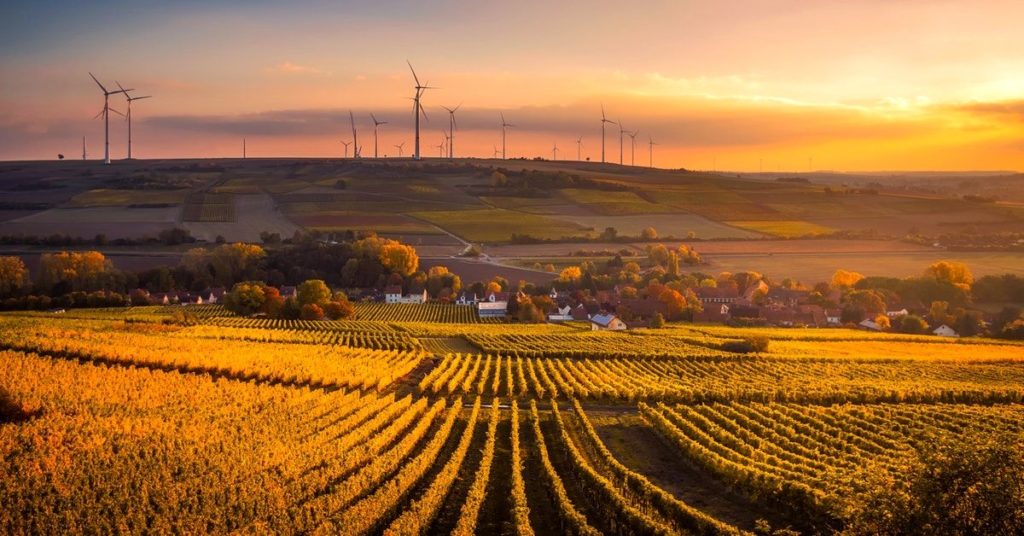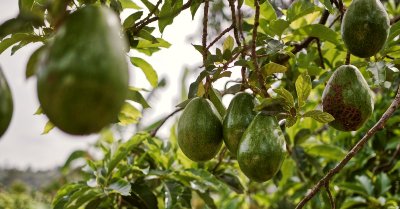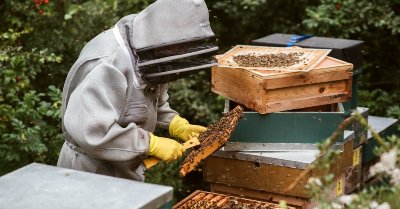Sustainable Food Production: A Guide

Estimated reading time: 6 minutes
Sustainability in Food
Sustainability can be a bit of a buzzword these days, often floating around in the same conversations as ‘veganism’ and ‘climate change’. With these words often politicised, the subject of sustainability can be a little intimidating. However, sustainable food production is a relatively straightforward practice to follow. Moreover, it can be key to food business growth in the 21st century.
To that end, in this article we’ll be exploring what sustainability means, environmentally, socially and economically. Furthermore, we’ll then consider how your business can implement positive changes towards a more sustainable future.
What is sustainable food production?
Sustainability is a holistic term. Whilst it’s often associated with the environment, for a food business, sustainable practices can have financial and/or social implications too. Here are just a handful of case studies about unsustainable food practices:
Damage to the local environment
Food production is not the sole culprit in causing environmental damage. However, mass industrial processes typically have significant negative output in this regard, with the food industry included. Huge levels of water consumption are typical to mass food production; 2.6 trillion cubic tonnes of water are used annually by global agriculture. Moreover, chemical runoff in the form of pesticides and nitrates, used to protect and fertilise crops, can easily enter local rivers and damage their ecosystems.
Nowhere is this use of water for agriculture felt more intensely than in Petorca, Chile. Massive consumption of avocados in the Western world has devastated this South American region. Water rights are privatised in Chile and so avocado agribusiness has hoovered up the water supply in Petorca, offering more money than the local government.
As a result, the water supply for local residents is diminishing rapidly; their quota in 2020 did not cover the hand-washing needs of the pandemic. The local river has dried up entirely because the avocado hill farms take all available rainwater first; each fruit needs 70 litres to grow.

This indirect cause-and-effect relationship between irresponsible Western avocado consumption and both human and ecological devastation in Petorca is obvious. A good thought experiment is to understand that, if your produce is cheap, someone else is paying the cost you forgo. Clearly, a whole town going without water is unsustainable.
Excess and reaching critical mass
It seems that the water situation in Petorca will reach a tipping point in the near-future; eventually, people will not receive enough drinking water because of privatisation issues. However, the almond industry in California has long-since boiled over into full-blown crisis; bees suffer most from this lack of sustainability.
80% of the world’s almond supply is grown in California and this requires vast pollination efforts. As such, beekeepers from Louisiana to Arizona rent out their colonies to almond farmers.

However, in recent years, those beekeepers have found that bees are dying in record numbers. This is owed to mite infestations, pesticide exposure and a singular monoculture of almond flowers for pollination; bees are known to thrive on biodiversity and cross-pollination. The agro-industrial complex and its tunnel vision towards almonds here is decimating an extremely delicate natural process.
Evidently, the global almond industry is unsustainable. If we don’t find ways to make it more eco-friendly, it could be that states like Arizona and Louisiana lose their most prolific pollinators. Moreover, the almond industry itself would of course collapse without bees.
Who suffers for your affordability?
Again, who pays the price for unreasonably cheap produce? In Bolivia, quinoa farmers who had previously relied upon the grain as a diet staple are now somewhat cornered by the international market.
Such a market has provided many Bolivian subsistence farmers the opportunity to make previously inconceivable profits. However, to do so, they have to maintain biodiversity, meet production demands and give good quality produce to the international market. They then reserve poor quality, less nutritious grain for themselves, in order to make a consistent profit.
Bolivian farmers are not the only ones who rely on quinoa. The ‘superfood’ grain has long been a staple of domestic gastroculture in the entirety of Bolivia. As the international market has driven prices up, production in Bolivia has not risen to meet it; nutritious quinoa requires traditional method preservation.
The lack of a damaging agro-industrial complex, combined with the demands of a society used to these production standards, has been disastrous for quinoa consumption in Bolivia. High prices mean that many poorer Bolivians are forced to buy rice and pasta, introducing food insecurity to the non-farming segment of the economy.
How to produce food sustainably
As a food business, how can you support and encourage sustainability in the industry? Well, the good thing is, sustainability doesn’t necessarily mean a rise in costs. When it does, the image improvement for your business can bring concordant profit. Here’s a few tips for better sustainability practices:
Food Manufacturing
- Is your equipment well-maintained and performing efficiently? Remember, this can save on both energy and monetary costs
- Are your methods water-conservative? It’s both easy and costly to use more water than necessary
- How do you source your power? Could you use solar power? Is there a way you could recycle by-products such as steam or heat?
- Is your workforce sustainable? Are you training and paying for skilled workers to stay for a long time, or for inefficient, unskilled workers on short-term contracts?
Restaurants and Caterers
- Where do you buy your ingredients? Do you source them locally? Do your farmers use pesticides with harmful chemical runoff?
- Accordingly, can you organise deals with sustainable, wholesale vendors? Could you get better deals with increased sustainably by talking to suppliers directly, rather than via a middle-man?
- How meat-oriented are your dishes? Do you have good plant-based options which are more carbon-neutral?
Retail
- Is your packaging sustainable? Are you adding to waste-heaps or can you recycle food boxes?
- How do you get rid of food waste? When food is close to expiry, can you sell to apps/companies which sell it off or donate it to charities?
- Are your major appliances running efficiently? Are your hot and cold displays well-maintained, so as not to use more energy than necessary?
Conclusion
Increasing the sustainability of your food production and/or sales can be a challenge. It can be confusing, intimidating and a real mountain to climb. However, if you properly research and understand the implications of all of your business decisions, it can benefit both your wallet and the wider environment.
Related Links
